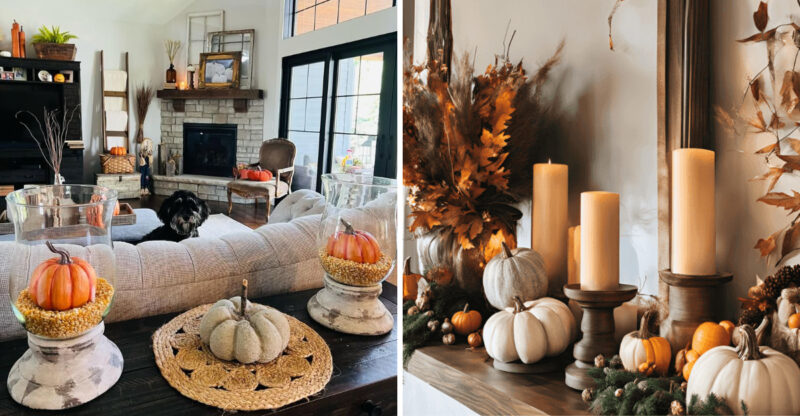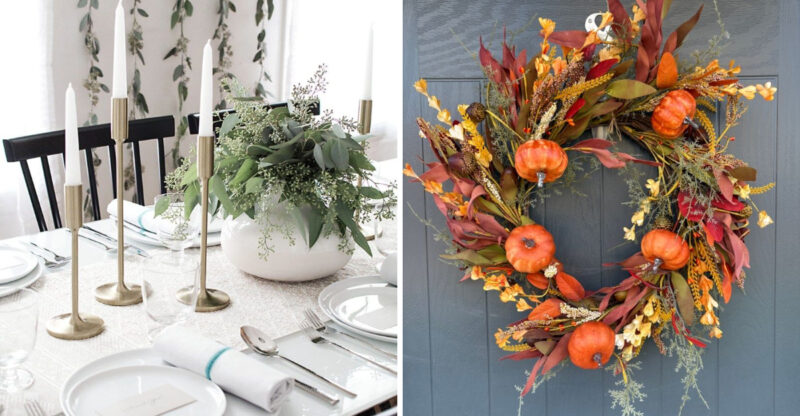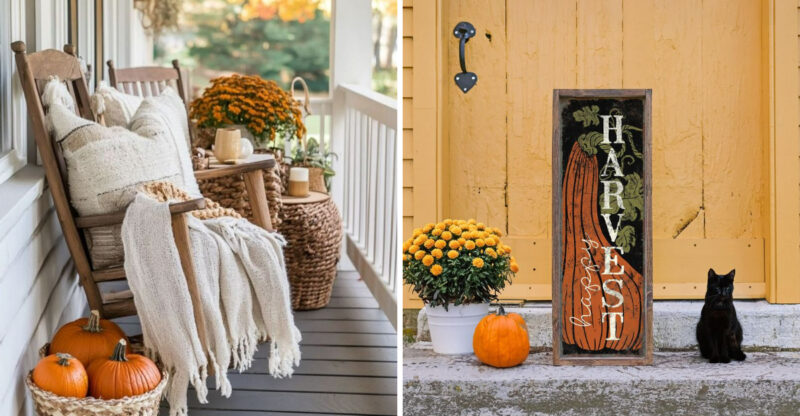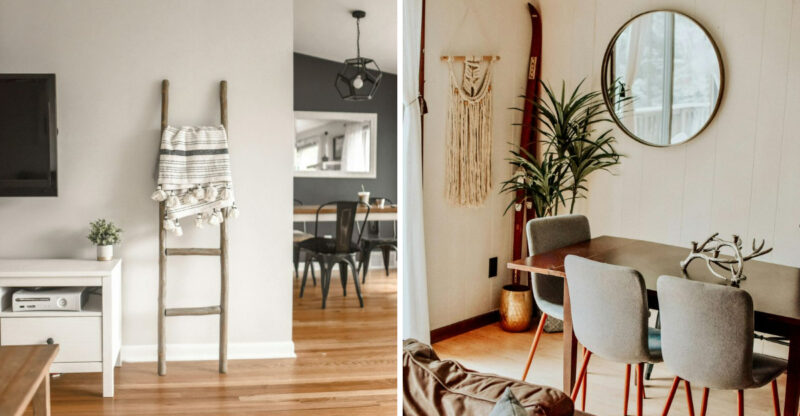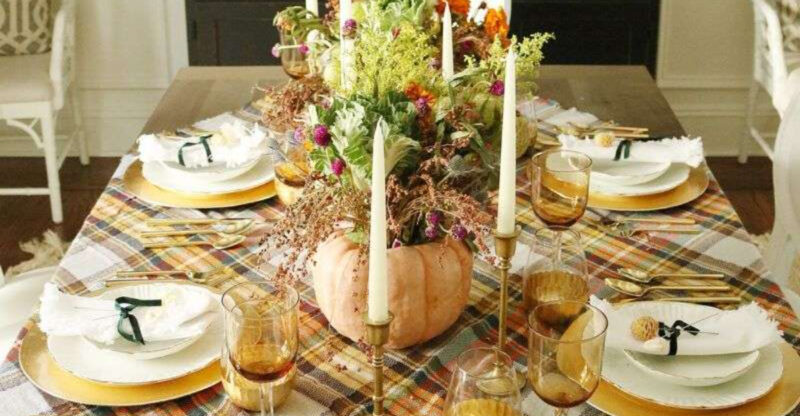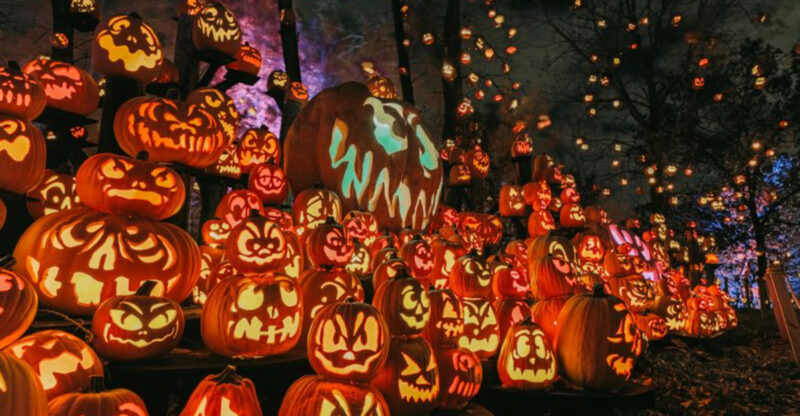Put Down The Pumpkin: 7 Fall Decorating Mistakes To Avoid
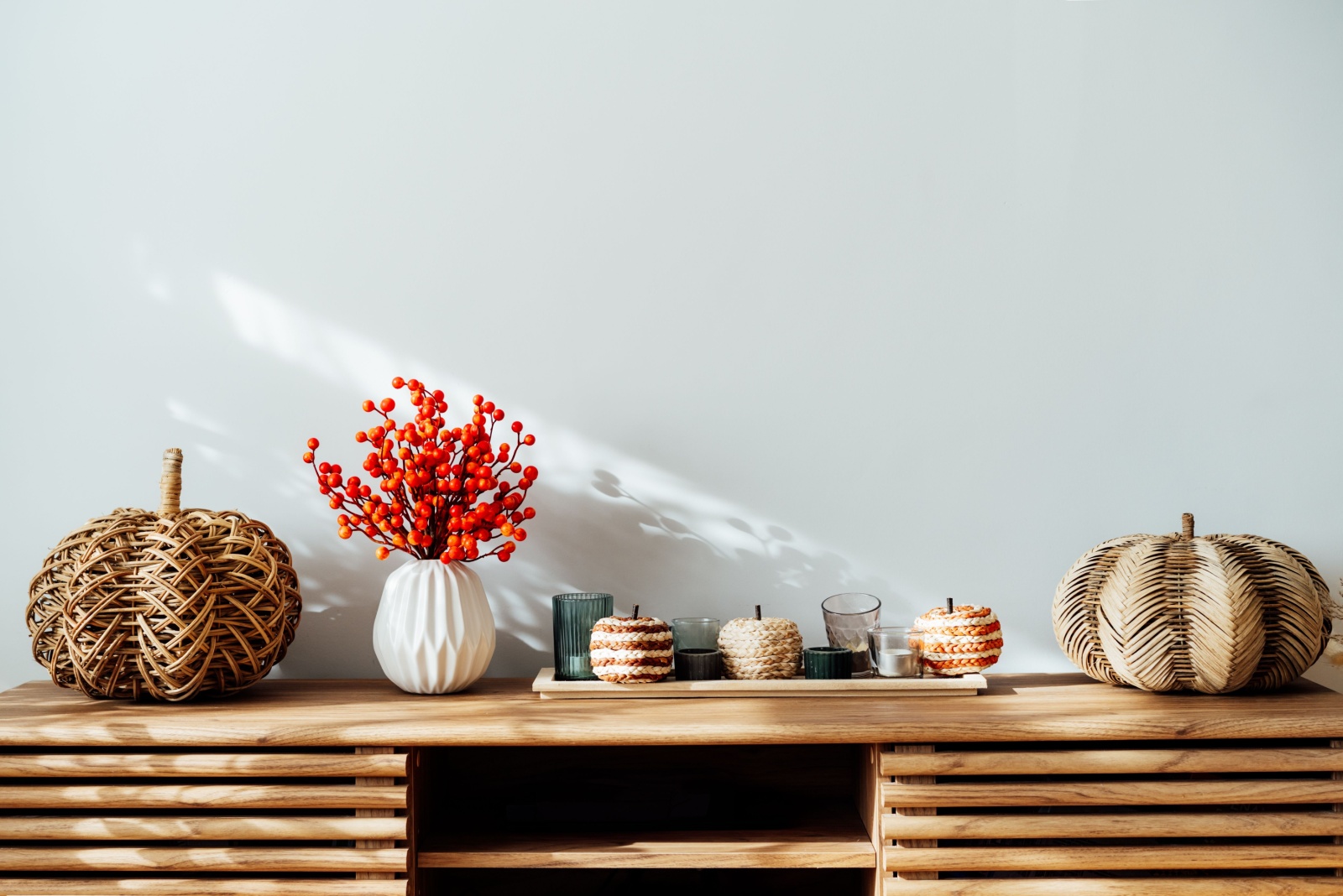
Fall is upon us, and the temptation to transform our homes into autumn wonderlands can sometimes lead to decorating disasters. As someone who’s witnessed countless seasonal styling mishaps (and made plenty myself), I’m here to save you from the embarrassment.
Before you raid the craft store for every pumpkin-shaped item in sight, let’s talk about how to keep your fall decor tasteful rather than tacky. Style is personal! Use these tips as guidance, not strict rules. Your home should always reflect what feels right to you.
1. Overloading With Pumpkin-Themed Decor
If your home looks like a pumpkin patch exploded inside, we need to talk. Pumpkins are the poster child of fall decorating, but moderation is key.
Using these orange orbs on every surface creates a childish, theme-park atmosphere rather than a sophisticated autumn vibe. Choose 2-3 statement pumpkins instead, mixing in other seasonal elements for balance.
Your guests should feel the essence of fall, not be assaulted by an army of grinning gourds at every turn!
2. Using Too Many Artificial Leaves
How can you tell someone went overboard with fake foliage? When their home looks like they’re hiding bodies under mountains of plastic leaves! Artificial foliage quickly veers into tacky territory.
These mass-produced leaves often look shiny and unnatural, immediately signaling to guests that your decor lacks authenticity. Instead, collect real branches and leaves from your yard for arrangements that bring genuine seasonal energy indoors.
Natural elements add texture and subtle color that plastic simply cannot replicate.
3. Relying Only On Orange And Brown
Are you stuck in a fall color rut? Orange and brown aren’t the only players in autumn’s palette.
These traditional hues can make your space feel dated and predictable when used exclusively. Expand your seasonal palette by incorporating deep burgundies, forest greens, rich purples, and mustard yellows for a more sophisticated fall atmosphere.
Modern fall decorating embraces unexpected color combinations that still evoke autumn’s warmth without looking like a 1970s Thanksgiving card exploded in your living room!
4. Cluttering Every Surface With Seasonal Items
Though tempting to display your entire fall collection, restraint separates stylish homes from seasonal storage units. When every surface disappears under gourds, candles, and leaf garlands, your space feels chaotic rather than cozy.
Clutter creates visual noise that prevents any single decorative element from making an impact. Select a few focal areas instead, perhaps your mantel, coffee table, and entryway console, for intentional seasonal moments.
Strategic decorating allows each piece to shine while maintaining the functional purpose of your home.
5. Overlooking Scent Incorporation
Fall is not only about visual beauty but also about the scents that evoke the season’s essence. Many forget to incorporate these sensory elements.
The aroma of cinnamon, apple, or pumpkin spice can warm your space, making it more inviting. Scented candles or diffusers can be excellent additions.
Remember, the olfactory experience is as important as the visual when setting the seasonal mood.
6. Leaving Up Fall Decor Too Late Into Winter
Did you know those dried-out pumpkins on your porch in January are basically a public announcement that you’ve given up? Timing matters when it comes to seasonal decorating.
Fall items have a natural expiration date, generally around Thanksgiving for harvest-themed decor. Rotting pumpkins and withered wreaths quickly transform from charming to depressing as winter approaches.
Mark your calendar for a seasonal refresh before holiday decorations take center stage.
Respecting seasonal transitions shows attention to detail that elevates your home’s overall aesthetic.
7. Forgetting To Mix In Natural Textures
When everything feels flat and one-dimensional, your fall decor is missing crucial texture. Texture is what makes seasonal decorating feel rich and inviting.
Many homeowners focus solely on color and motifs, neglecting the tactile elements that create depth. Incorporate chunky knit throws, rough wooden bowls, smooth ceramics, and natural elements like pinecones or wheat stalks to create a multi-sensory experience.
Varied textures catch light differently throughout the day, adding visual interest that flat decorations simply cannot achieve.

